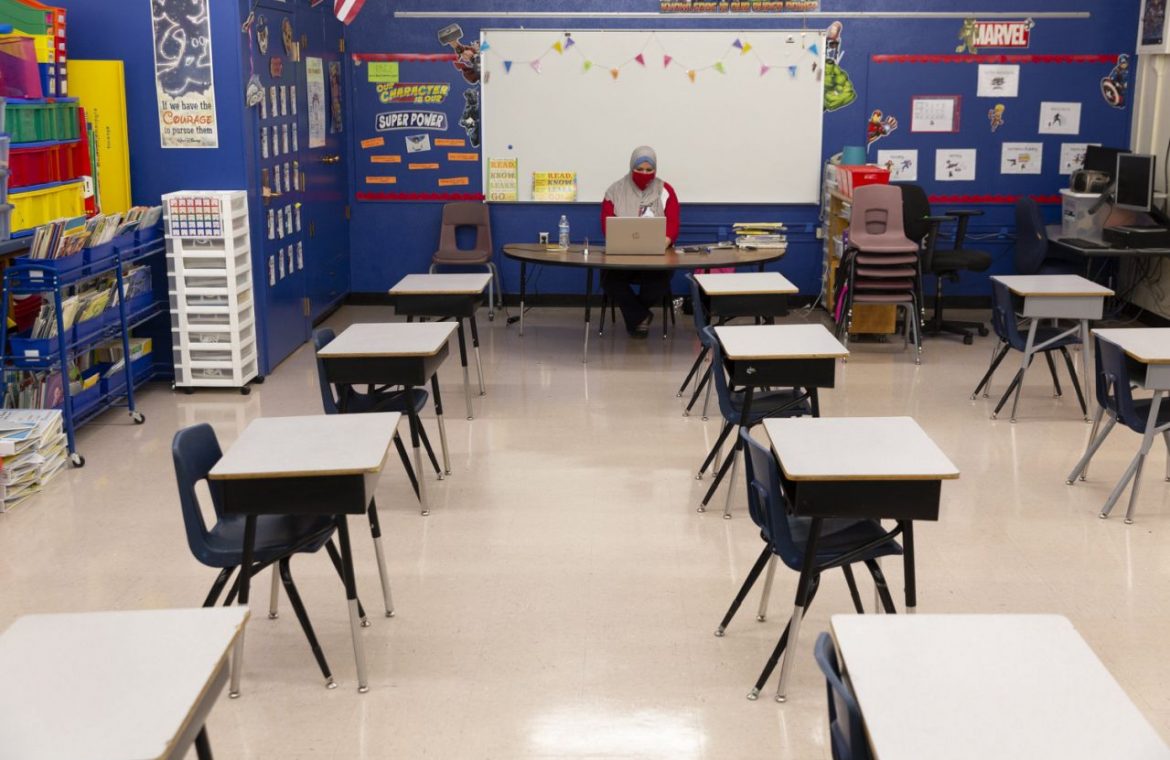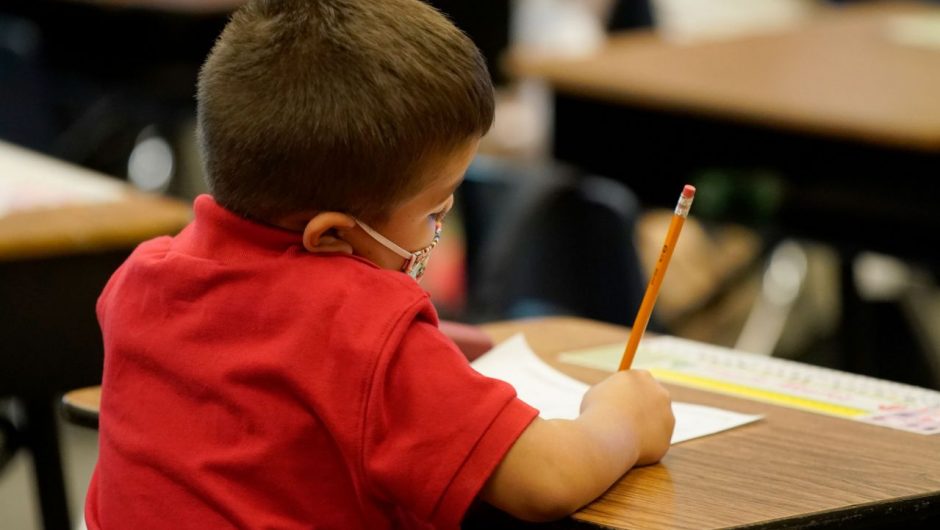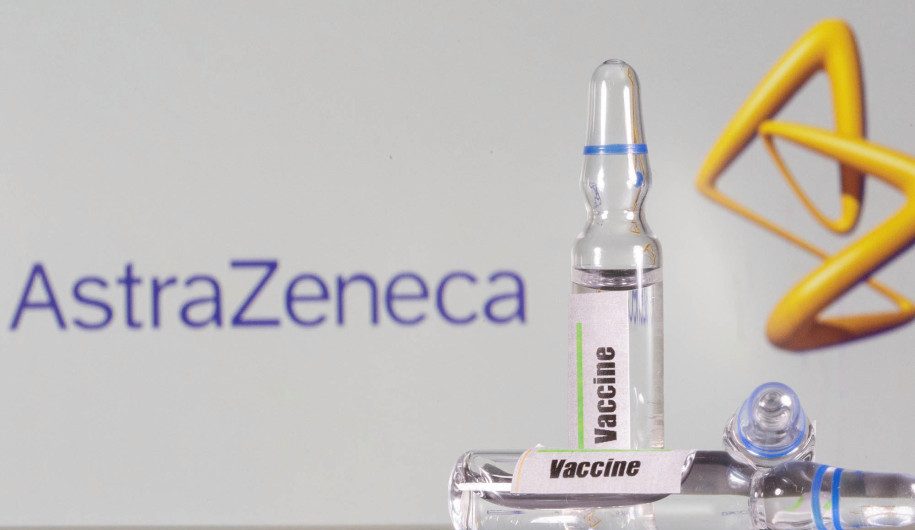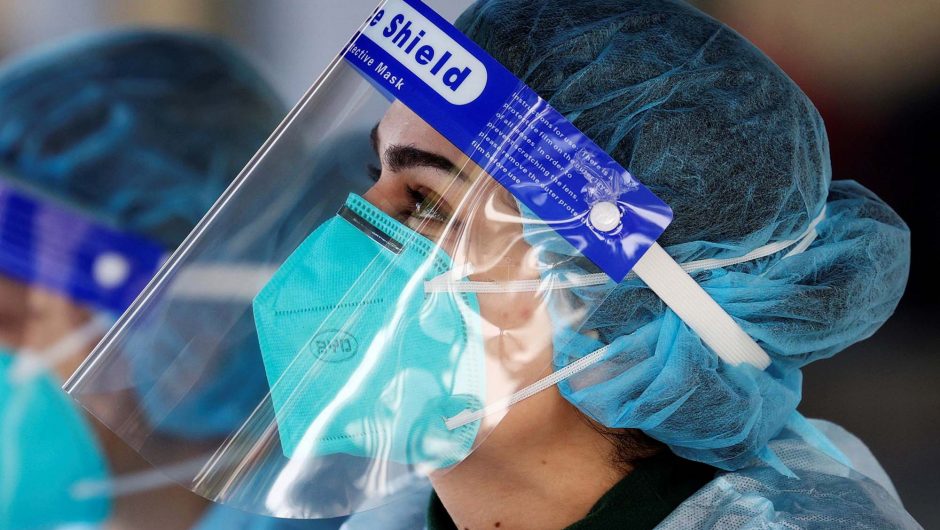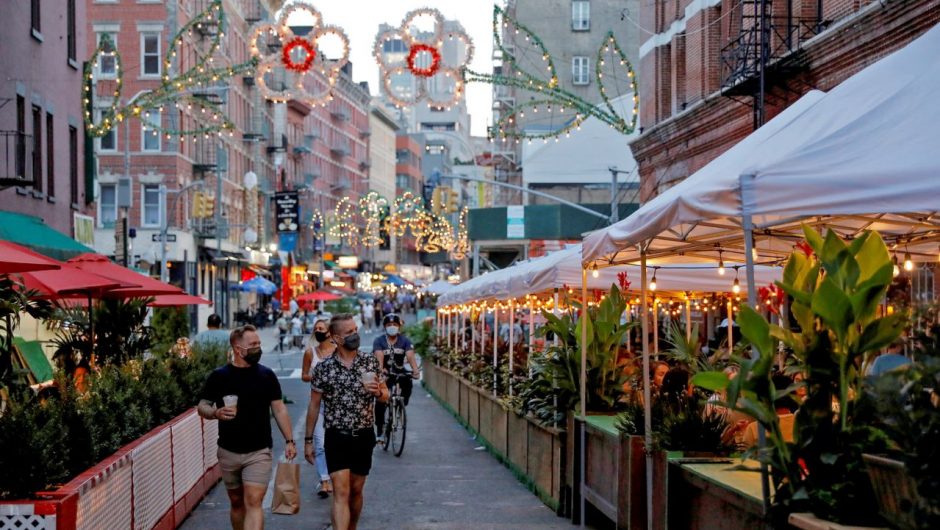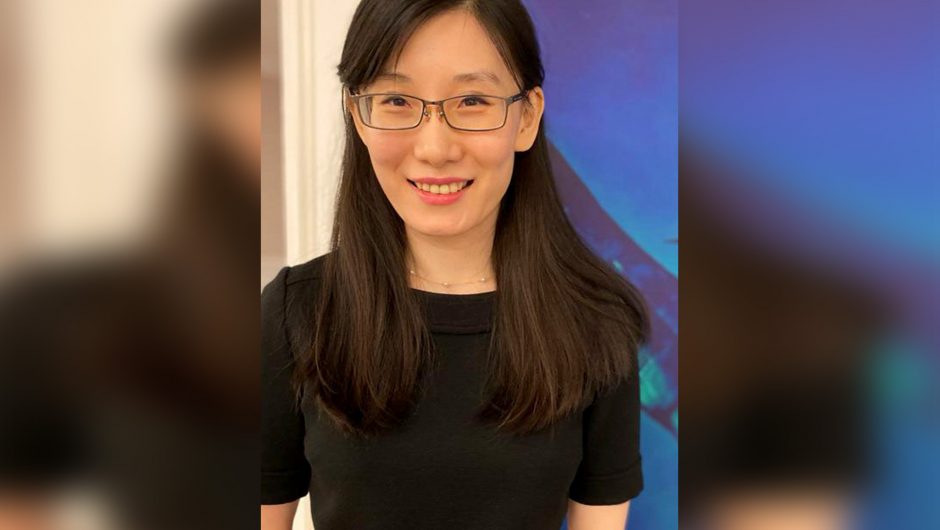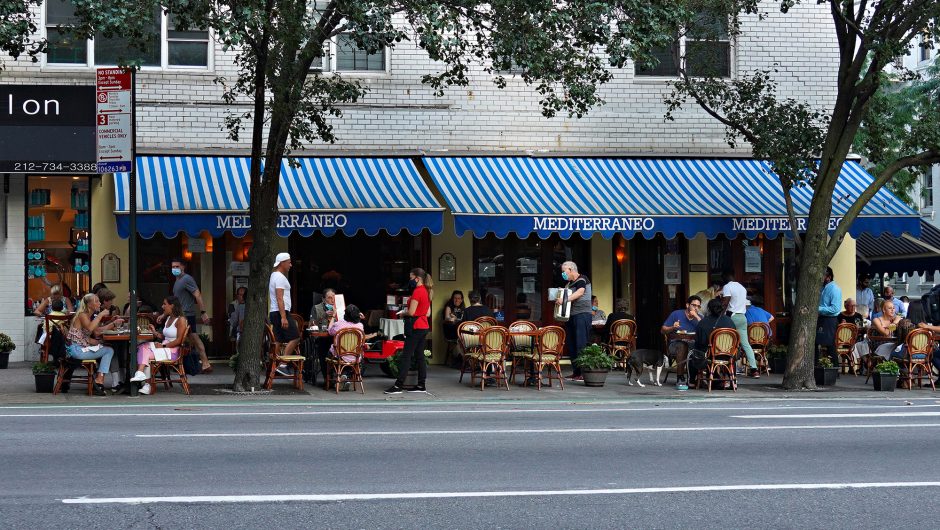An Arizona school district was forced to cancel classes this week after teachers waged a sickout over safety concerns about returning to classrooms during the coronavirus pandemic, the latest example of turmoil facing the nation’s schools as some politicians and parents push them to reopen.
The J.O. Combs Unified School District in San Tan Valley, Ariz., outside of Phoenix, cancelled all classes Monday, citing “an overwhelming response from staff” and “a high volume of staff absences,” and it later extended the cancellation through Wednesday.
“There’s a perception that we don’t want to teach, and that’s not the case at all,” says Tiffanie Carlson, a social studies teacher at Combs High School and vice president of the Combs Education Association. “We want our kids back in the classroom, but we want them back when it’s safe for them to be there.”
“This has been a very big struggle for me emotionally, mentally,” she says. “I’ve lost a lot of students in my career, and losing another one is just too much for me to be able to handle.”
Teachers in the district, which enrolls about 4,500 students, have argued that the risk of infection is still too high in Arizona’s Pinal County—which had not met all three state benchmarks for school reopening as of Aug. 13—and said that schools in the district are not equipped with necessary sanitizing supplies and that staff have not been trained on policies to prevent the spread of COVID-19. Coronavirus cases have been decreasing in Arizona recently, but about month ago, the state was considered a hotspot, reaching a daily high of 95 COVID-19 deaths on July 17, according to state data.
Carlson says teachers in her district were given one bottle of cleaning solution, one rag and one pair of gloves.
“How am I supposed to feel like I’m protecting anybody under those circumstances?” says David Nelson, a psychology teacher at Combs High School and the president of the Combs Education Association.
Teachers across the country have raised similar concerns, questioning whether schools will supply enough soap or masks, how they will keep students physically distanced throughout the day and what will happen when the first coronavirus case arises. Some teachers have retired early, worried that the health risks were too great.
Story continues
And some schools that reopened for in-person learning have already encountered problems. A high school in Dallas, Ga., drew national attention this month when a viral photo showed students without masks packed into a crowded hallway. Days later, the school shut down for cleaning after several students and staff members tested positive for the virus. In another part of the state, the Cherokee County School District closed three high schools after dozens of students and staff members contracted COVID-19. And a school district in Moore, Okla., had to deep-clean classrooms last week after a student “who knowingly had COVID-19” attended school.
But as distance learning remains inaccessible for many students and burdensome to working parents, the debate over school reopening continues to be contentious. Nelson and Carlson say they’ve witnessed that in their own community, receiving a mix of emails this week with messages ranging from, ‘Why are you afraid of a little bug?’ to ‘Thank you for trying to save us.’
The J.O. Combs Unified School District began the school year on Aug. 3 with virtual learning, but the district Governing Board voted 3-2 last week to reopen schools for in-person learning on Aug. 17. Superintendent Gregory Wyman said the “difficult decision” followed “tremendous feedback from families in the District who expressed a strong need for their children to return to the classroom.” But more than 100 of the district’s 600 staff members called in sick for what would have been the first day of in-person instruction, according to a school district spokesperson.
“We’re sensitive to the feedback of our staff, as well as our community, and are working nonstop to find solutions to the polarizing and challenging issues currently facing school districts throughout the state and country,” the school district said in a statement on Monday. “While we continue to work diligently on this matter, we also continue to receive a high volume of staff absences, and in turn will have to cancel all classes on Tuesday as well as Wednesday.” The Governing Board will meet again on Wednesday night to discuss school reopening options.
Nelson and Carlson are hoping that the school district will remain virtual at least until October, arguing that schools shouldn’t open for in-person instruction until the county meets the three school reopening benchmarks recommended by the Arizona Department of Health Services, including a two-week decline in the number of coronavirus cases, and a positivity rate less than 7% and hospital visits for illnesses like COVID-19 below 10% for two consecutive weeks.
“I understand the argument that staring at a screen all day is not the best for kids,” Nelson says.
“There are legitimately real challenges with all this, but I would rather deal with those than the fear of who’s sick and who’s on a ventilator,” he adds. “I would rather deal with problems that don’t jeopardize people’s lives.”
In other parts of the country, organizers have suggested similar action is possible. Teachers in Detroit are planning to vote this week on whether to strike over safety concerns. Teachers in Little Rock, Ark., have called it “unethical and immoral” to force teachers to return to in-person instruction and said they would refuse to enter school buildings on Aug. 24. American Federation of Teachers President Randi Weingarten also said she would support “safety strikes” by teachers.
“I’d like to see nationwide action, whether it’s a walkout or sickout in solidarity to say, ‘It’s not safe to return and we will not be sacrificed,’” says Rebecca Garelli, an organizer for Arizona Educators United and National Educators United, a network of teachers advocating that schools return to in-person learning “only when it’s safe.”
Nelson thinks more action by teachers is necessary as other parts of the country begin the school year.
“If you want to see change, lock arms and stand up for what you believe,” he says. “If this is the only way to force the conversation, absolutely force the conversation. You can’t let that fear get in the way.”


